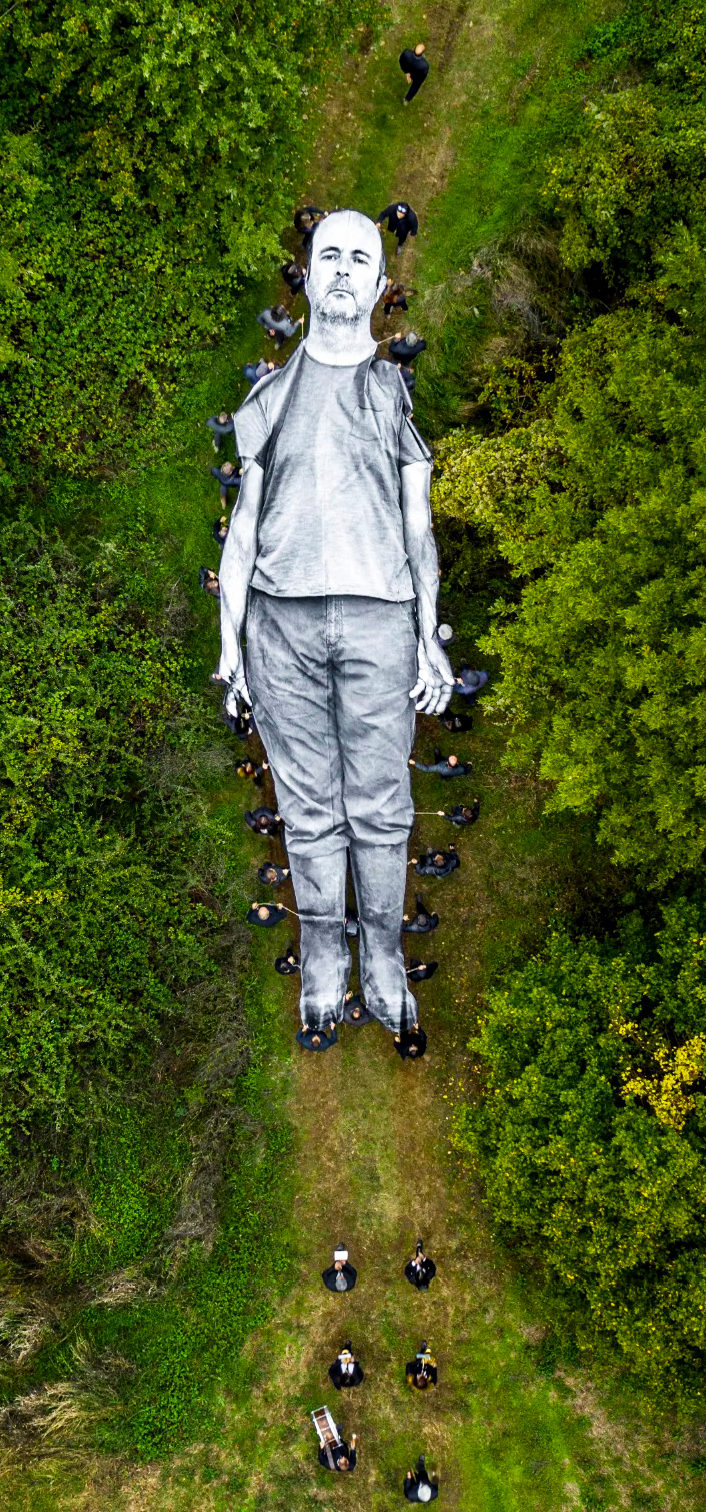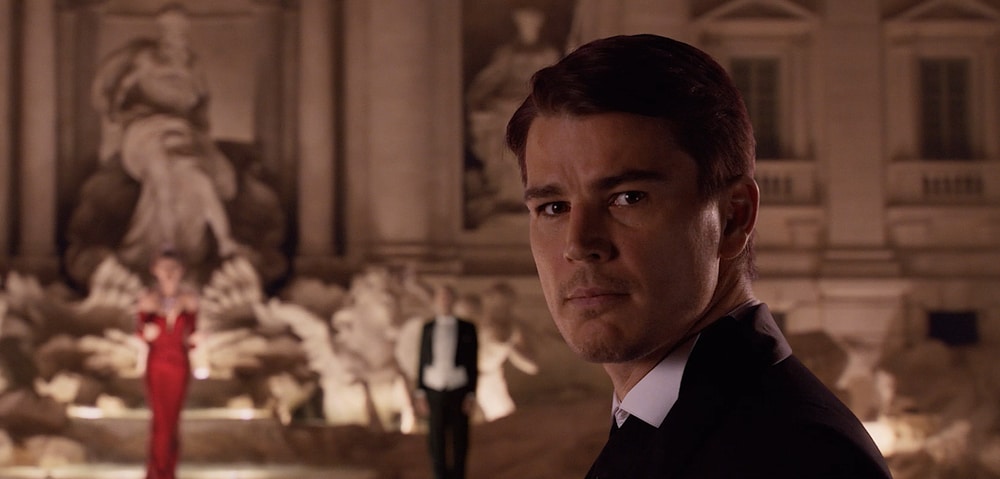Omelia Contadina
Omelia Contadina est née de l’intérêt de JR pour les difficultés rencontrées par un grand nombre de petits agriculteurs et d’habitants des campagnes italiennes. Alice Rohrwacher explique les origines du projet: “l’automne dernier, lors d’une promenade à la frontière entre l’Ombrie, le Latium et la Toscane, j’ai fait part à mon ami et artiste JR de mes inquiétudes quant à la destruction du paysage agricole, violé par les monocultures intensives avec quelles grandes entreprises façonnent des territoires entiers. Je lui ai raconté, en fille d’apiculteur, la mort massive d’insectes que provoquent de tels changements… À un moment donné, nous nous sommes arrêtés à un carrefour: de tous côtés, des rangées ininterrompues de noisetiers remplissaient le paysage jusqu’à l’horizon. En regardant cela, nous nous sommes dit que cela ressemblait à un cimetière de guerre. Sur le chemin du retour, nous avons décidé – si cela ressemble à un cimetière, nous devons organiser des funérailles. Mais ce doit être un enterrement plein de vie!”







